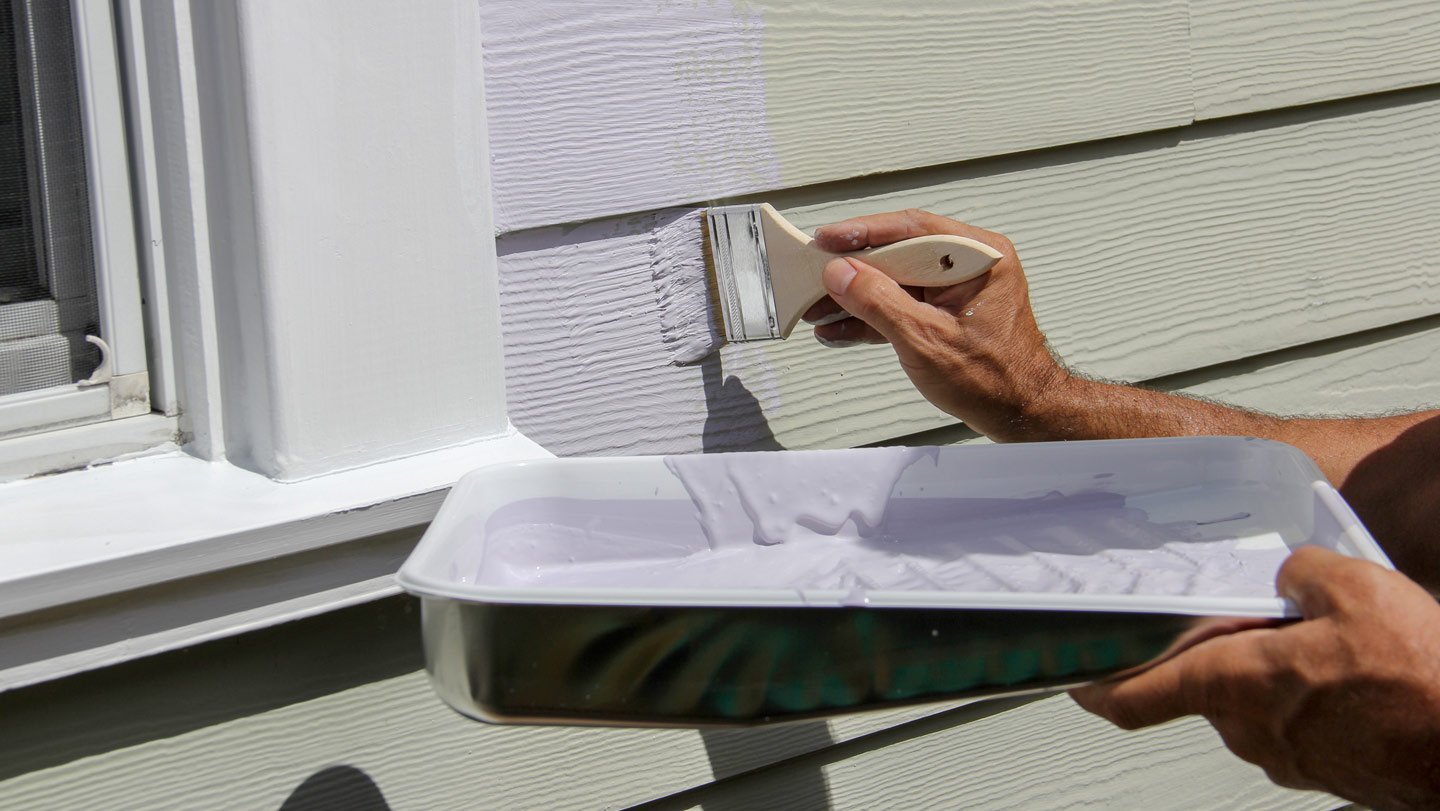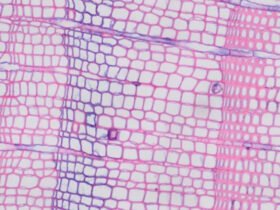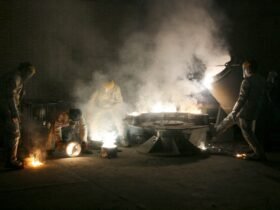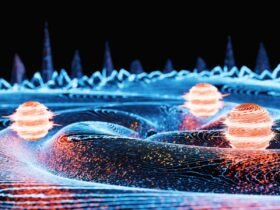
A cool house without air conditioning may soon be possible.
Scientists in Singapore have developed a new type of paint that reflects sunlight and cools surfaces by slowly evaporating water. Unlike other commercially available cooling paints, which are designed to repel water to protect the underlying material, the new one even works in hot, humid places, offering a low-energy way to stay cool, researchers report June 5 in Science.
“The key is passive cooling,” which requires no energy input, says material scientist Li Hong In other words, it works without using electricity or mechanical systems. Right now, radiative cooling is the most common type of passive cooling used in materials, including certain paints. It works by reflecting sunlight and radiating heat from a surface such as walls or roofs, into the sky. But in humid places like Singapore, water vapor in the air traps heat near the surface, which prevents it from escaping into the atmosphere and keeps the surfaces warm.
In response, Hong and two other material scientists from Nanyang Technological University developed a cement-based paint that combines three cooling strategies: radiative cooling, evaporative cooling, which our skin uses, and solar reflection. In the study, the scientists painted three small houses: one with regular white paint, one with commercial cooling paint that uses only radiative cooling and one with their new formula. After two years of sun and rain in Singapore, the first two paints had turned yellow. But “our paint was still white,” says coauthor Jipeng Fei. Unlike other colors, white helps materials maintain their high reflectivity and cooling performance.
We summarize the week’s scientific breakthroughs every Thursday.
The paint’s porous structure holds water and slowly releases it, like the body does sweat. It reflects 88 to 92 percent of sunlight, even when wet, and emits up to 95 percent of the heat it absorbs. Nanoparticles boost reflectivity and strength, helping the paint maintain its white color over time. A small amount of polymer and salt help retain moisture and prevent cracking. Tests showed the house covered in the new paint used 30 to 40 percent less electricity for air conditioning than the other houses.
Globally, “around 60 percent of building energy is used for space cooling,” says coauthor See Wee Koh. Another advantage of this highly reflective and water-retaining paint is to lower the urban heat island effect that makes cities hotter than surrounding areas. While air conditioning consumes electricity and releases warm air directly into the surrounding air, the paint emits heat as invisible infrared radiation, which escapes into the atmosphere rather than warming the local environment. “Singapore has very severe UHI, and so do other regions like the Middle East,” Koh says. The team says their paint could help ease that heat burden in dense urban environments.
Source link













Leave a Reply